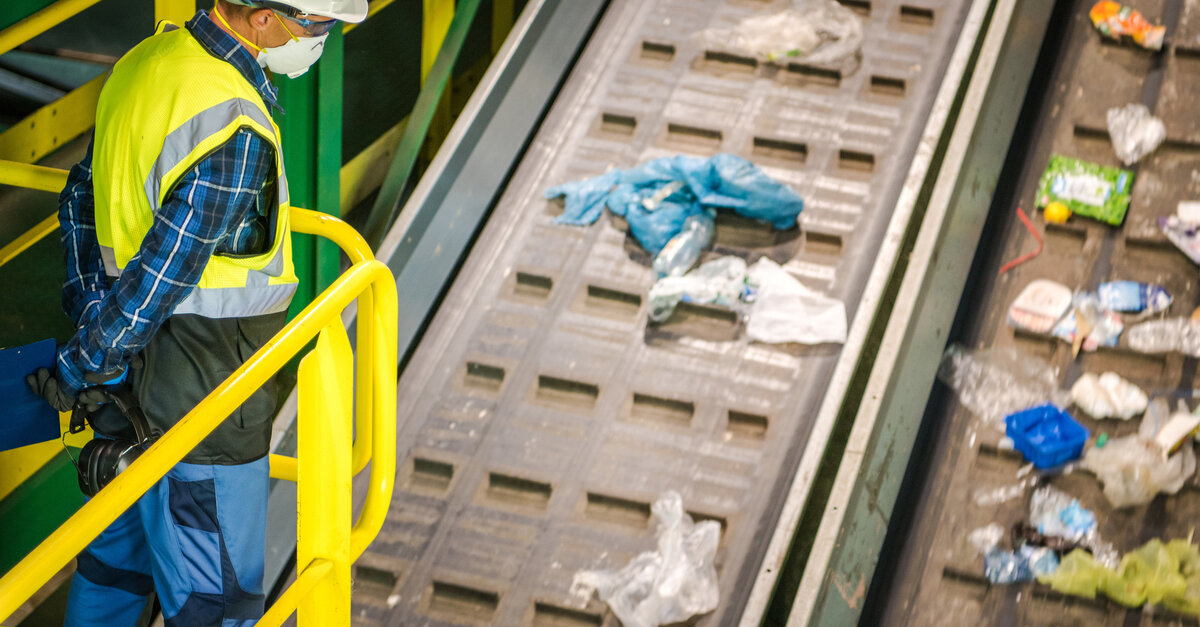How To Conduct a Waste Audit for Large Industrial Facilities

Running a large industrial facility means producing plenty of waste products. That’s why it’s important to take a step back and look at the waste you turn out, identify inefficiencies, and improve compliance with regulations. Conducting a waste audit is the best way to do so.
But where do you begin? Here’s how to conduct a waste audit for large industrial facilities. Follow this step-by-step guide to find new footing for your facility.
Step 1: Assemble an Audit Team
Gather several individuals who understand how your facility operates, including how it disposes of waste. Pick reps from different areas, addressing production, maintenance, health and safety, and other related departments. Having a wide variety of perspectives provides a more comprehensive view of the situation as well as plenty of new viewpoints.
Step 2: Define Audit Objectives and Scope
Ask yourself what you specifically want to achieve with your audit and why you’re conducting it. Is it because of a recent failed inspection? Do you need to meet new rules and regulations? Or do you simply want to work smarter, not harder? Clearly define objectives to identify the sort of data you want to collect during the audit.
Step 3: Categorize Waste Streams
Identify what sort of waste your facility generates. The basic breakdown should be recyclables, hazardous waste, production by-products, and general trash to send to landfills. Classification establishes a foundation for better disposal methods and opportunities for waste reduction, upcycling and downcycling, and more.
Step 4: Collect and Analyze Data
Conduct a thorough examination of your facility’s waste output over a defined period. Measure quantities, examine patterns, and identify departments generating the greatest amounts of waste. Use advanced tools or software that specialize in waste tracking for better accuracy.
Step 5: Evaluate Disposal Methods
Once you’ve collected the data, look it over. Assess whether your current waste disposal practices meet compliance requirements and cost-effectiveness goals. Engage with specialists who offer environmental cleanup services to manage and dispose of complex waste streams. These experts can ensure safe, sustainable disposal practices.
Step 6: Develop a Waste Management Plan
Use the data to create an actionable waste management plan. Outline key steps to reduce waste, improve recycling rates, and maintain proper disposal. Ask your waste audit team to work with providers offering environmental cleanup services to seamlessly implement these new best practices.
Step 7: Monitor and Review Progress
That’s how to conduct a waste audit for large industrial facilities. But it doesn’t end there. Continually reassess your waste management activities, identifying further opportunities to enhance and fine-tune the system.
